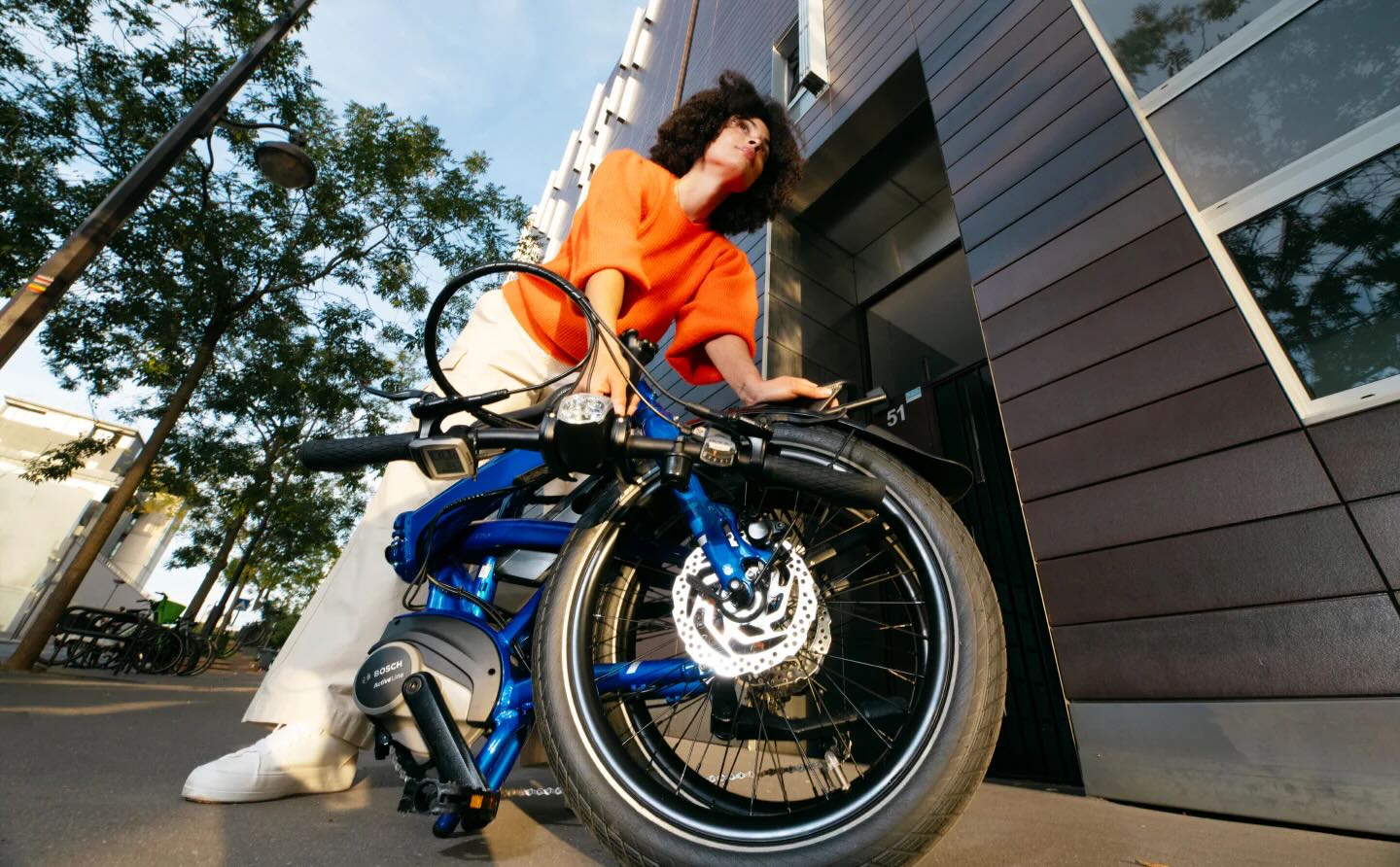Shell-shaped solar cells may be key to unlocking the next sun-catching technological breakthrough, particularly for wearable devices that don't always face the light.
The hemispherical design was studied by experts at Turkey's Abdullah Gül University. The researchers used the shape as part of flexible and lower-cost organic photovoltaic cells, garnering impressive results for applications that need bendable, adaptive light absorption, according to SciTechDaily.
The report said the innovation could power wearable electronics in the medical field and beyond in the future. Among positive test results were 66% and 36% increases in light absorption for transverse electric and transverse magnetic light (TE/TM) polarizations when compared to common cells with a flat design. The shell shape also outperformed other semi-cylindrical designs. Many solar cells are made with silicon, which is typically more rigid and expensive.
"With the improved absorption and omnidirectionality characteristics, the proposed hemispherical-shell-shaped active layers will be found beneficial in various application areas … such as biomedical devices," professor Dooyoung Hah said in the study summary, published in SPIE.
A rendering of the shell cells provided by the publication shows rows of neatly aligned half-spheres on a plane. They resemble contact lenses arranged on a sheet of paper. Hah put the cells through a rigorous test with a big name: three-dimensional finite element analysis.
It's a powerful technique that allows experts to divide materials into smaller, finite parts for study.
Get a new phone with unlimited 5G and zero activation fees — for just $40 a month Metro by T-Mobile gives you smart value, whether you need a new phone or are just looking for a better plan. This holiday season, get a free 5G phone with no activation fees, for just $40/month. That includes unlimited talk and text, already bundled with taxes and fees. Or, keep your existing phone and number and get unlimited 5G for just $25/month. Either way, enjoy T-Mobile’s Scam Shield technology at no extra cost. Plus, you can even level up to an iPhone 16e this month. Just bring your number and ID and sign up for $50 with the auto pay plan. Learn more → |
Watch now: Lime executive reveals true impact sustainable choices have had on business
"[This] allows simulation and analysis of the entire structure's behavior under various conditions, such as different light wavelengths and angles of incidence," per SciTechDaily.
The angular light coverage reached 81 degrees and 82 degrees for TE/TM polarizations. This basically means the cells can catch light well despite their angle to the sun. This is an important attribute for wearable tech, which is often in motion.
Inventions that power devices with on-body power storage are picking up more research time in labs. Some involve supercapacitors, energy storage devices that experts at North Carolina State are adapting to be woven into clothing. Researchers at Australia's CSIRO are printing thin, flexible solar cells that they envision being placed on buildings, vehicles, and clothing.
The technology is evidence that renewable energy doesn't have to be harnessed from large solar and wind farms alone. Experts are even devising ways to capture energy when low-speed wind passes over liquid droplets, for example.
TCD Picks » Upway Spotlight
💡Upway makes it easy to find discounts of up to 60% on premium e-bike brands
From powering small sensors and lights to crucial medical devices such as pacemakers, the technology could provide reliable, sustainable power for multitudes of applications. It's part of an energy-use transformation being realized on a small yet powerful scale with the goal of providing cleaner and lower-cost electricity.
Solar innovations continue to come in all sizes. Larger home-based panel systems are becoming more cost-friendly and efficient. With $4,600 in potential tax breaks, you can lower the expense of a residential setup that delivers about $1,500 a year in power-use savings. By using the sun instead of dirty fuels such as coal, oil, and gas, you can prevent about 8,500 pounds of harmful air pollution from being released, as well.
Your lungs will thank you later, as asthma and other respiratory problems are aggravated by smog.
"Technology advancement in renewable energy has become quite imperative for humankind, and development in any aspect can lend a helping hand," Hah wrote in the lab report about his shell-shaped offering to the sector.
Join our free newsletter for weekly updates on the coolest innovations improving our lives and saving our planet.















